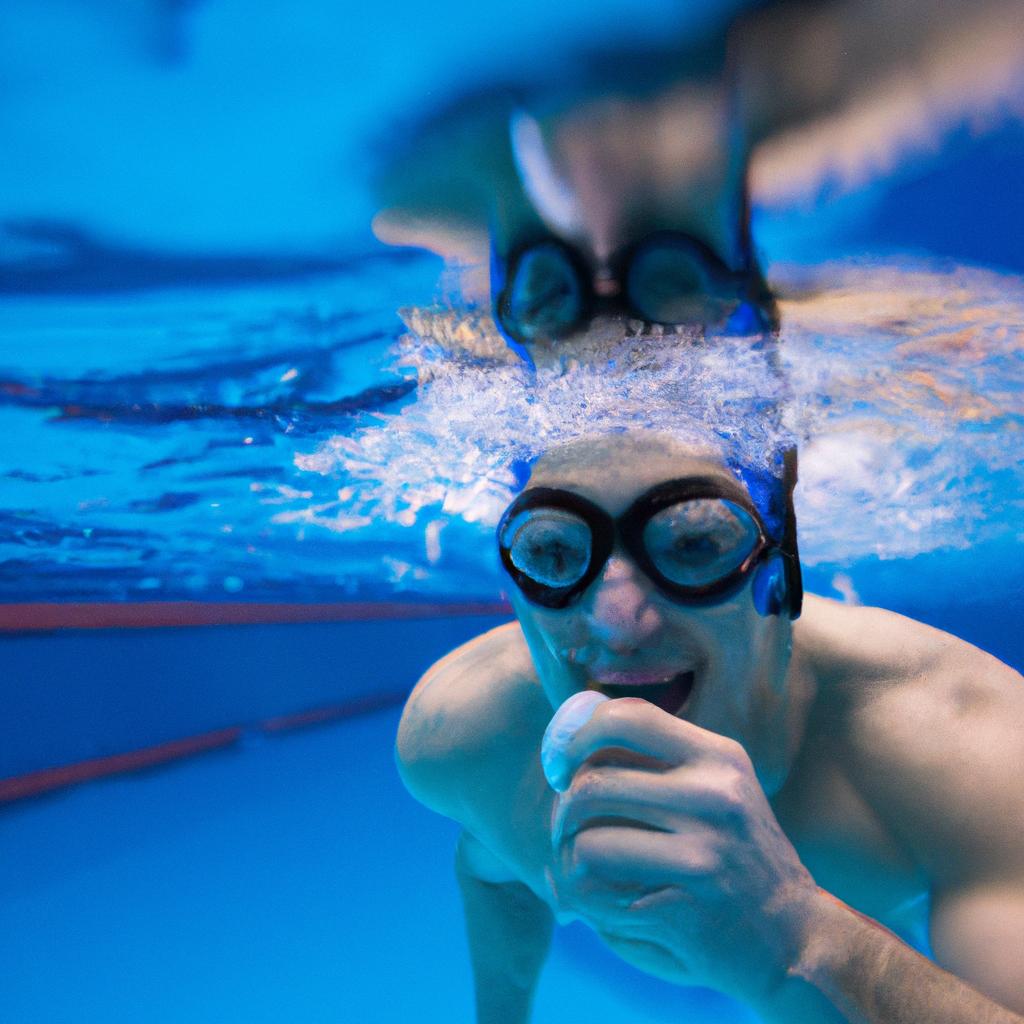**”Underwater Breathing Techniques: Mastering Breath Control for Improved Swimming Efficiency and Endurance”**
# Underwater Breathing Techniques: Mastering Breath Control for Improved Swimming Efficiency and Endurance
Swimming is not just about strength and speed; it’s also a delicate dance of breath control. Mastering underwater breathing techniques can significantly enhance your swimming efficiency and endurance, allowing you to glide through water with ease. Whether you are a beginner or an experienced swimmer, understanding and practicing effective breath control can be a game-changer in your performance. In this blog post, we will explore various underwater breathing techniques, their benefits, and how you can incorporate them into your swimming routine.
## Understanding Breath Control
### The Importance of Breath Control in Swimming
Breath control is crucial for swimmers as it directly affects buoyancy, stroke technique, and overall performance. Proper breathing techniques can help maintain a rhythmic stroke, allowing you to swim longer distances without fatigue. By learning to breathe efficiently, swimmers can optimize oxygen intake and reduce energy expenditure, which is essential for competitive swimming.
### Basic Principles of Underwater Breathing
Effective underwater breathing involves a few fundamental principles. First, it’s important to exhale completely before your next inhale. This ensures that you are taking in fresh, oxygen-rich air. Second, practice rhythmic inhalation and exhalation to maintain a steady flow of breath. Finally, focus on relaxing your body and mind while in the water, as tension can lead to inefficient strokes.
## Nutrition Tips
To complement your breath control and improve your swimming performance, nutrition plays a vital role. Here are some key tips:
– **Stay Hydrated**: Dehydration can impair your breathing efficiency and overall performance. Make sure to drink plenty of water before, during, and after your swim sessions.
– **Balanced Diet**: Incorporate a variety of fruits, vegetables, whole grains, and lean proteins into your diet. Foods rich in antioxidants, like berries and leafy greens, can help combat oxidative stress caused by intense workouts.
– **Carbohydrate Loading**: For endurance swimming, consider carbohydrate loading before long swim sessions or competitions. Foods like pasta, rice, and quinoa can provide the energy needed for extended workouts.
– **Healthy Fats**: Incorporate omega-3 fatty acids from sources such as fish, flaxseeds, and walnuts. These healthy fats can promote cardiovascular health and enhance lung function.
## Exercise Advice
Incorporating specific exercises into your routine can improve your breath control and swimming efficiency:
### Dryland Exercises
– **Diaphragmatic Breathing**: This exercise focuses on using your diaphragm instead of chest breathing. Lie on your back, place a book on your stomach, and breathe deeply, aiming to lift the book with each inhalation. This strengthens your diaphragm and enhances lung capacity.
– **Core Strength Training**: A strong core supports better body alignment in the water. Engage in exercises like planks, Russian twists, and leg raises to build core strength.
### In-Water Techniques
– **Bubble Blowing**: Practice exhaling bubbles underwater. This exercise helps you control your breath and becomes a natural part of your swimming rhythm.
– **Breath Control Drills**: Integrate breath control drills into your swimming routine, such as taking a breath every three or five strokes. This practice will help you become comfortable with longer periods without inhaling.
## Health Benefits
Mastering underwater breathing techniques offers numerous health benefits:
– **Improved Lung Capacity**: Regular practice can lead to increased lung capacity and efficiency, enabling you to take in more oxygen during physical activity.
– **Enhanced Cardiovascular Health**: Breath control can improve cardiovascular function, as it promotes better circulation and oxygen delivery throughout the body.
– **Reduced Stress and Anxiety**: Focusing on your breath can have calming effects, reducing stress and anxiety levels both in and out of the water.
– **Better Overall Endurance**: Enhanced breath control translates to improved stamina, allowing you to swim longer distances without feeling fatigued.
## Conclusion
Mastering underwater breathing techniques is essential for any swimmer looking to improve their efficiency and endurance. By focusing on breath control, incorporating proper nutrition, and engaging in targeted exercises, swimmers can elevate their performance to new heights. Ultimately, improved breath control not only benefits your swimming but also contributes to better lung capacity, cardiovascular health, and overall well-being. So, dive in, practice these techniques, and watch your swimming transform!















Post Comment